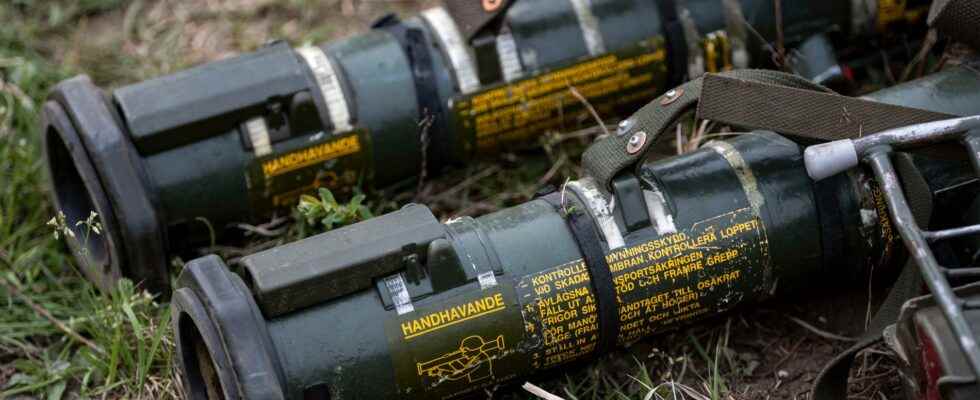Published: Less than 50 min ago
Updated: Less than 20 min ago
International arms trade continues to grow, despite disruptions in supply chains, according to a report from the peace research institute Sipri.
In 2021, the 100 largest arms industry companies sold weapons and military services for a total of 592 billion dollars, corresponding to over 6,100 billion kroner.
It is an increase of 1.9 percent compared to the previous year and the seventh year in a row that the arms trade has grown. But the pace has slowed somewhat – although the increase in 2019–2020 was lower (1.1 percent), last year’s increase is lower than the average (3.7 percent) for the four years before the pandemic.
Last year, the arms industry was still affected by pandemic-related disruptions in supply chains. Among other things, it was about delays in global sea freight and a shortage of semiconductors.
The war in Ukraine has also affected supply chains, as the attacker Russia is a major supplier of raw materials for weapons production. It could slow down the United States and countries in Europe that want to equip themselves and at the same time replenish their stocks after sending equipment to Ukraine.
“Increasing production takes time,” says Diego Lopes da Silva, senior researcher at Sipri, in a press release.
“If the disruptions in the supply chain continue, it may take several years for some of the major arms producers to meet the demand created by the war in Ukraine,” he continues.
